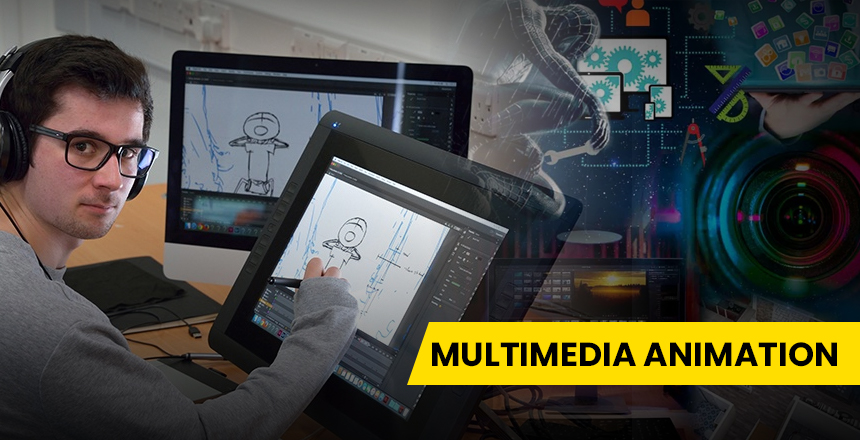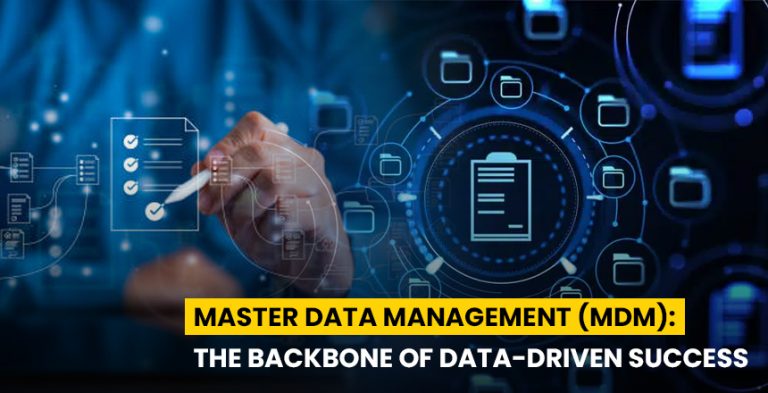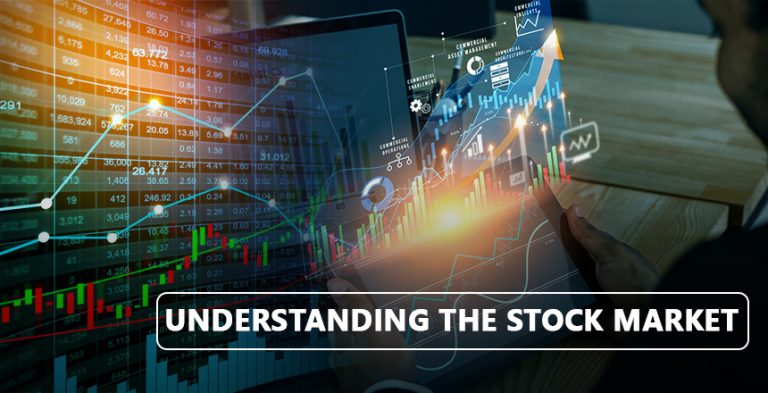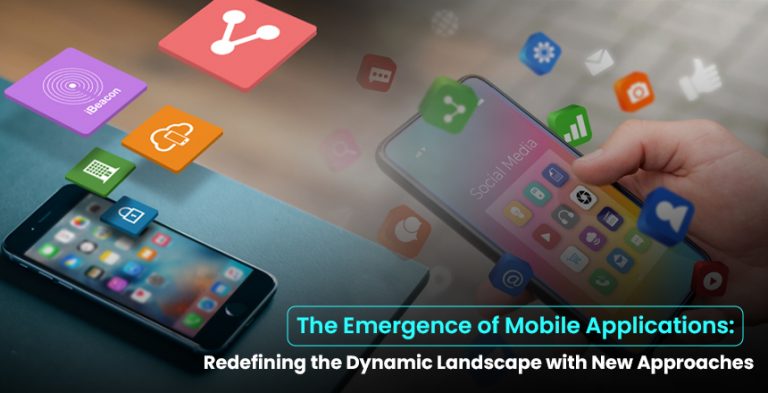Multimedia animation over the years
Animation has for long started from basic forms such as flipbooks and zoetropes in the late
1800s. Today, animation is almost impossible to avoid in our media environment; it is a part of
movies, video games, commercials, educational programs, etc. Today, animation has taken a
new twist through the incorporation of computers and other digital technologies to produce
excellent images.
The Beginnings of Animation
One animal with several legs denoting movement, multimedia animation appearing in the form of Paleolithic
artwork, is one of the primitive forms of animation. Further developments of this conceived
notion make use of later inventions such as the earlier mentioned flipbooks and zoetropes that
took advantage of how the brain’s persistence of vision retains an image even after it is no
longer visible. These early animation devices had a tendency to provide a series of images that
were almost very similar, but as a stream of images, these appeared to be in continuous motion.
Computer Animation in the 20th Century
It gave 3D computer graphics new ways to animate, enabling you to build virtual 3D worlds.
Luxo Jr. (1986) was Pixar Animation Studios’ first and hugely credited short, as two desk lamps
fought a game of pinball with a small difference ball. No more, no less. This was one of the first
exemplars of computer graphics in the context of character animation that linked the physics
simulation characteristic of later CG animated feature films such as Toy Story of 1995 to image
software.
Digital animation evolved from the earlier 2D cel animation to the current sophisticated 3D CGI
animation as the century progressed through the nineties and two thousands, facilitated by
enhanced computer processing, rising competence in rendering, and the emergence of
improved exclusive animation software. The majority of such CGI animated motion pictures
included big hits like Shrek (2001) by Dream Works, Ice Age (2002) by Blue Sky, and Finding
Nemo (2003) by Pixar. Uncanny valley is the phrase used to refer to the fact that we can reach
the valley, the fact that computer animations can become uncanny in a way that the characters
look slightly not unlike, or slightly not like, and also slightly not like and not at all while using
seemingly perfect like any one character.
It’s All About Scope: The Rise of Contemporary Animation
Modern movies are still merging older, classical 2D animation with more recent, digital animation
like 3D. For example, while much of it uses CGI, Spider-Man: Into the Spider-Verse (2018) uses
comics style, writing, and handdrawn art, painting, and dot art pieces for the variety of banner
styles. On the 3D side, different technologies such as motion/facial capture, simulation, an
adequate tool set, and a powerful rendering farm to support the creators produce increasingly
photorealistic CG characters and environments, as demonstrated in films such as Avatar (2009)
and War for the Planet of the Apes (2017).
The gaming sector has also employed real-time 3D, and through this, it’s been possible to give out real animated environments that respond to the inputs given by the user. Modern real-time character animation and environmental effects can be easily judged by series like Grand TheftAuto, Call of Duty, and Assassin’s Creed, etc. Video games appear in the context of film watching as freedom’s other possibilities for animation to foster various forms of new interactive activity.
Animation goes mainstream
Apart from big Hollywood studios themselves, animation today has become more accessible
with modern tools, thus enabling Indie artists. For instance, on YouTube and TikTok, individuals
can post their animated short movies on their own. Alternatively, people bring in mobile apps
and tools to create very simple animations and share them, or even resort to animation memes,
such as Charlie the Unicorn of 2005.
Higher-level applications include Adobe Animate CC, Toon Boom Harmony, and Autodesk
Maya, which are appropriate for 2D digital animators as well as 3D animators. But affordable
tools such as Adobe Character Animator are also some of the most entry-level animation tools.
For the studios as well as for amateurs, new generations of software make animation more
accessible each year.
The Future of Animation
In the future, virtual and augmented reality, real-time rendering, and AI processing will extend
boundaries. With AR and VR animation, users can be in a more engaged space with such
animated worlds, where you can switch perspectives or movements. One day, more repetitive
activities such as lip syncing, facial emotions, and body moves may be handed over to AI and
machine learning so that everyone can draw and design instead of just drawing.
And filmmaking technologies such as enhanced motion/facial capture gadgets or photorealistic
render and powerful simulations will continue to augment CG animations and
extensions—bringing out alive and almost photorealistic characters like Thanos or Caesar in the
recent Planet of the Apes movies with near human-like expressions and actions.
As for the multimedia animation types, there are numerous years to come to develop and
fluctuate rapidly. Still, the first devices for optical animation and the simplest hand-drawn
illustrative flip-books created the basis for today’s rather diverse, brilliant, and realistic types of
animation across all kinds of screens. We can prognosticate about a bright and lively future for
the medium, had it come in the way due to many new technologies.








